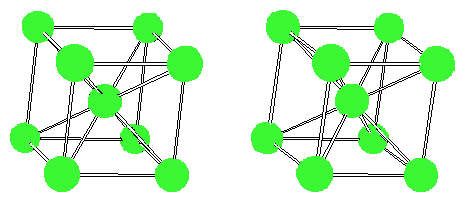ingwe
Headphoneus Supremus
- Joined
- Jan 21, 2007
- Posts
- 1,925
- Likes
- 13
Quote:
Abuse is my middle name, sir!
I'll report back in a few with my observations.
| Originally Posted by kwkarth /img/forum/go_quote.gif As it turns out, to my ears, the cryo copper LOD's represent the best of all worlds. They have all of the warmth and general fullness of copper, the superior ductility of copper, and 99% of the high end brilliance and top end extension of silver. You made a great choice! I'm not sure I hear much of a difference between the heavy gauge and the standard gauge cryo LOD, but the heavier one will take more abuse. |
Abuse is my middle name, sir!
I'll report back in a few with my observations.









